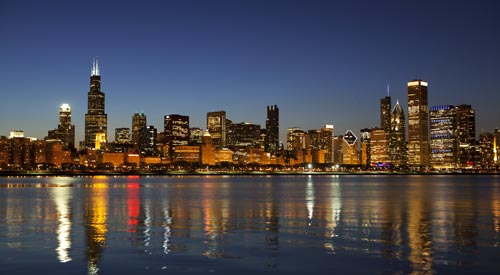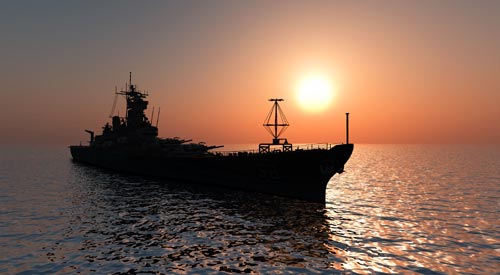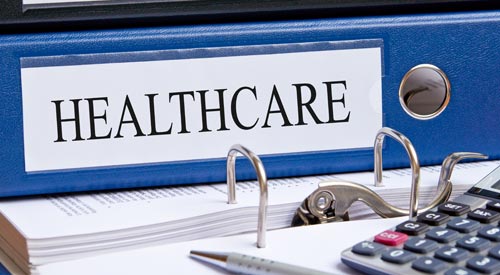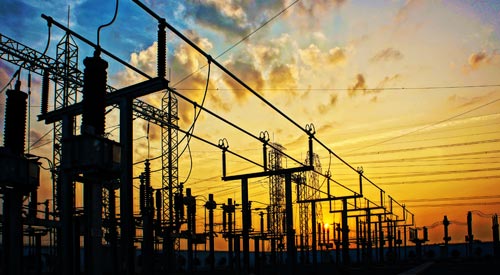Inside the Crucial (and Costly) Fight to Fix New York’s Tunnels
Governing: Superstorm Sandy roared into New York City in October 2012 pushing a wall of water ashore just half an hour after high tide. The combined 14-foot “storm tide” inundated the city, flooding 51 square miles, or about a sixth of its total land mass. It cut off power, knocked out natural gas lines, and overwhelmed streets, tunnels and bridges.
In one place, between 30th and 34th streets in Midtown Manhattan, water from the swollen Hudson River spilled into the cavernous underbelly of Pennsylvania Station, arguably the most important transportation hub in North America. As the water approached, officials at Amtrak, which owns the station, confronted a gut-wrenching choice: Should they allow the seawater to flood the tunnels under the Hudson, each fragile and more than a century old, and potentially split the northeast rail corridor in half for years? Or should they force the seawater into Penn Station, where it would wreak severe damage on the railroad’s busiest passenger facility? With little time for debate, Amtrak let its tunnels flood. As a consequence, one of the most crucial pieces of rail infrastructure in the country acted as a stormwater drain for Manhattan.
Tags
Share
Top Stories
- Future-proofing smart cities with open standards
- 5 States Challenged the Federal Contractor Wage Increase and Lost
- States should follow feds in Chinese tech bans
- A new initiative seeks to help small cities access infrastructure funding
- Governments view open source as critical for enhancing digital services, experts say
- More States Move to Ban TikTok from Government Devices
- Cyber, digital services, workforce primary focus for state CIOs in 2023
- Virginia has a data center problem
- Efficient public safety demands evolving tech
- Digitized services drive citizen satisfaction
- State chief information officers are handling much more than just tech
- States target mainframes in legacy system modernization
- How one city’s IT team keeps up with rapid growth
- How one agency’s cloud migration smoothed the path for others
- NASCIO: States must ‘hyper-focus’ on IT modernization
- Louisiana Becomes First State to Receive Internet for All Grants
i360Gov Newsletters
The most significant government policy, business, and technology news and analysis delivered to your inbox.
Subscribe NowTrending
- Mayor launches IT modernization to boost services delivery
- Local government on the edge: The future of IT infrastructure
- Digitized services drive citizen satisfaction
- Why cities and towns see a huge economic opportunity in the semiconductor bill
- New York state pumps the brakes on crypto mining
- The best offense is a strong defense: Improve cloud security with visibility and zero trust segmentation
- How state and local leaders can use data to ensure broadband access for all
- Over $105 Million Going to Better Internet for Native American Communities


















